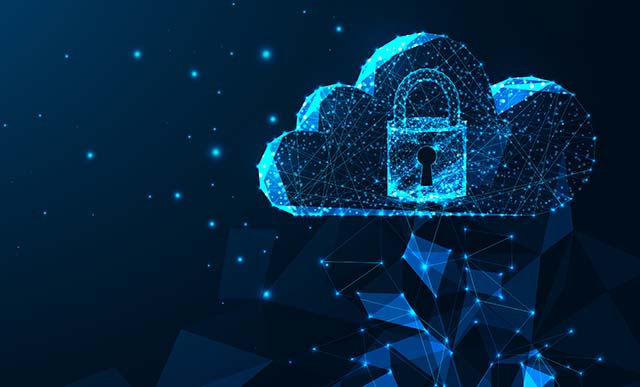How to Address the Importance of Applications in Access Governance
Meet the Authors
Security issues are a constant threat for SAP organizations. Malicious actors hoping to gain access to sensitive information are attacking SAP systems more frequently and with more sophisticated technology with each passing year. However, often the most concerning threat comes from within an organization.
SAPinsider’s recent Automating and Integrating GRC Processes benchmark research report found that 75% of SAP organizations said that integrated monitoring capabilities for controls, threats, and access is either important or very important, making it one of the most pressing issues in the SAP GRC space.
Access Certification
Most organizations have at least some level of identity and/or access management already in their SAP system, whether that is an SAP-provided solution, or a third-party tool. While these solutions provide information about which users have access to certain types of data, login data, and access information, it still lacks important information regarding two key risk factors: actual usage and risk assessment.
Explore related questions
Actual usage data is vital for GRC success, as organizations may need more detailed information and reporting about usage across multiple applications to ensure that their systems are secure. Additionally, risk assessments provide key supporting information addressing the potential risks associated with granting or retaining certain permissions.
Application Access Governance
To help companies overcome these GRC shortcomings, Pathlock offers its Application Access Governance solution. It incorporates a risk-based approach to identity governance by taking into account whether a user typically accesses certain information as well as determining what risks are inherent in that level of access.
This level of risk determination gives GRC teams a holistic understanding of their overall risk, empowering decision makers to better understand what level of access should be granted. This access not only reduces the amount of risk an organization faces, but also helps bolster compliance with privacy and security regulations.
Armed with this additional information, organizations can rethink the way they manage access, helping them decide which outdated permissions they should remove. By overhauling the way they think about risk, organizations can be more aware and better prepared to mitigate additional risks in the future.
Conclusion
SAP organizations must do everything that they can to minimize their risk. Yet the larger an organization becomes, the more its attack surface grows. Companies must be vigilant in ensuring that their access policies do not become stagnant and that they keep track of who has access to what areas of their SAP landscape.
Partners like Pathlock help organizations make smarter decisions about their GRC posture, helping them understand not just who has access to what parts of the SAP landscape, but providing deeper insights to ensure that important data is secure.





